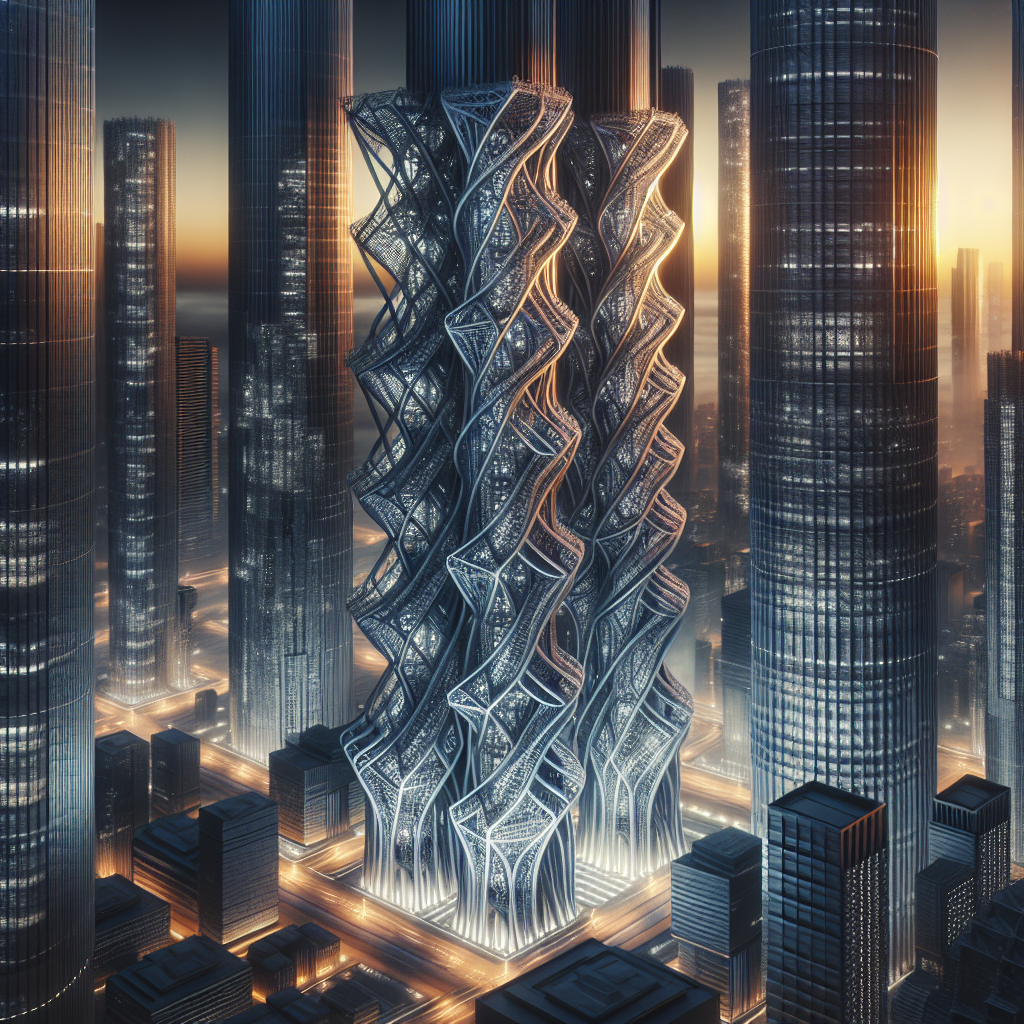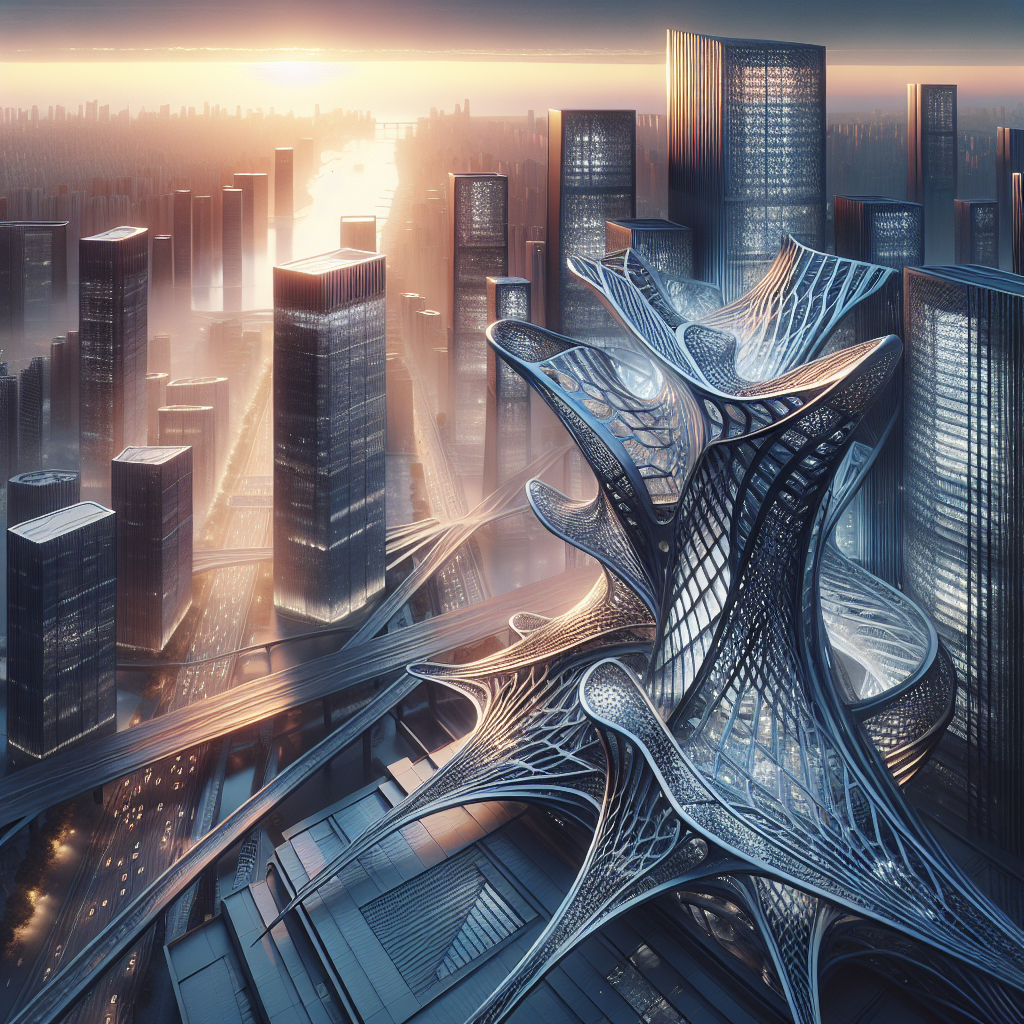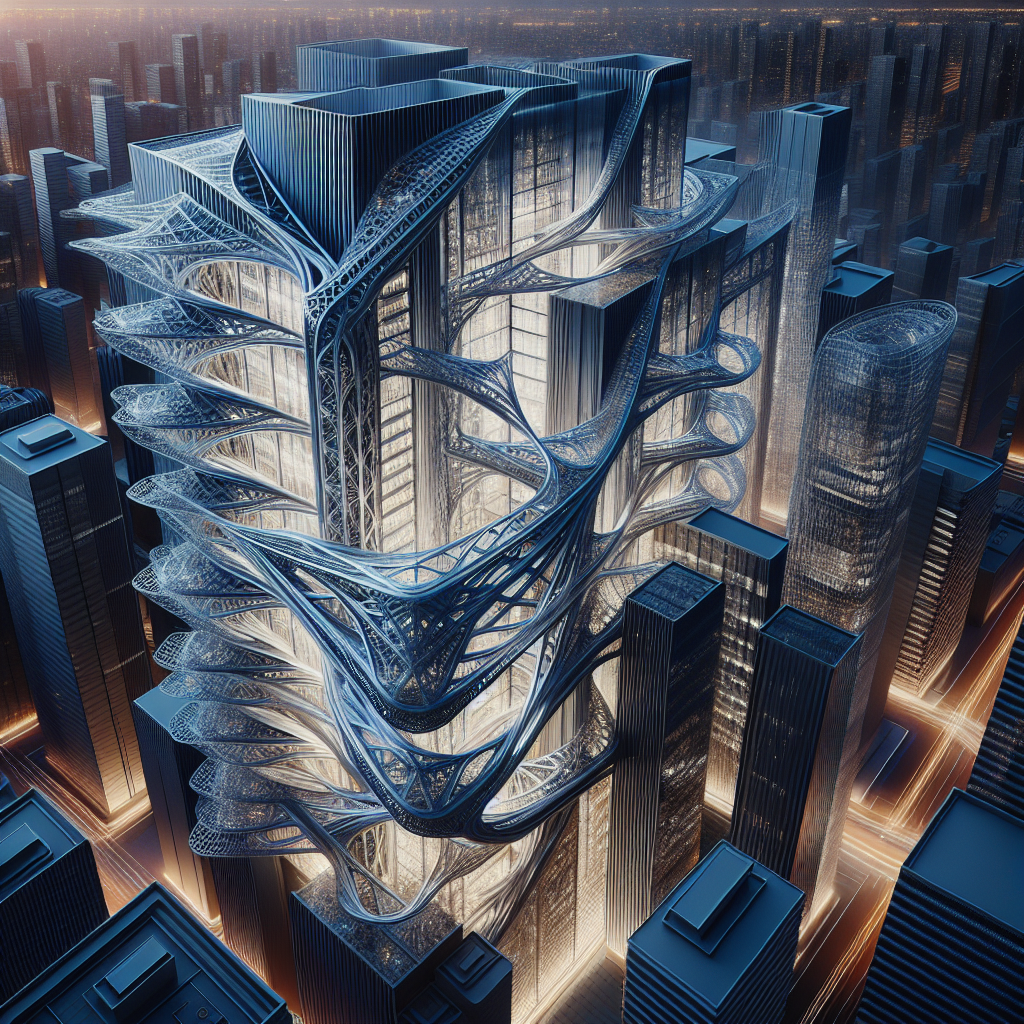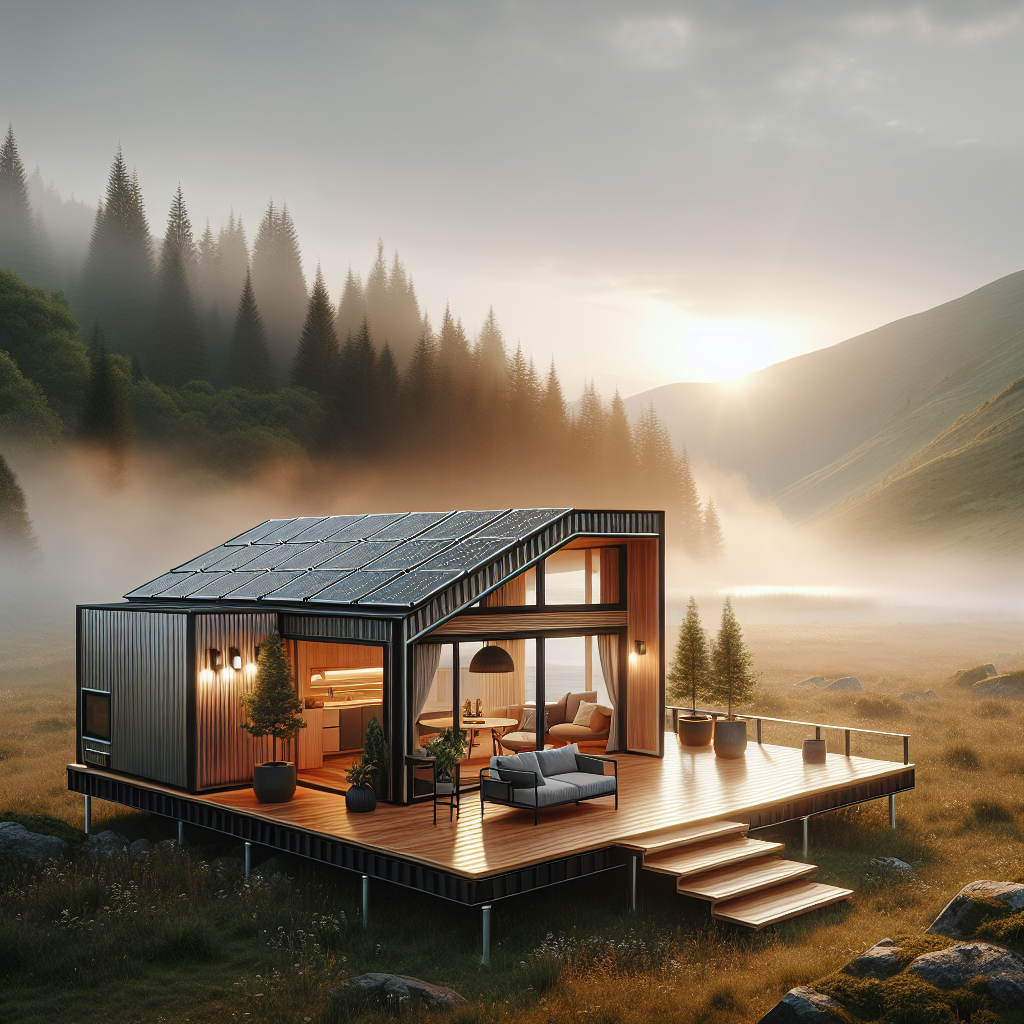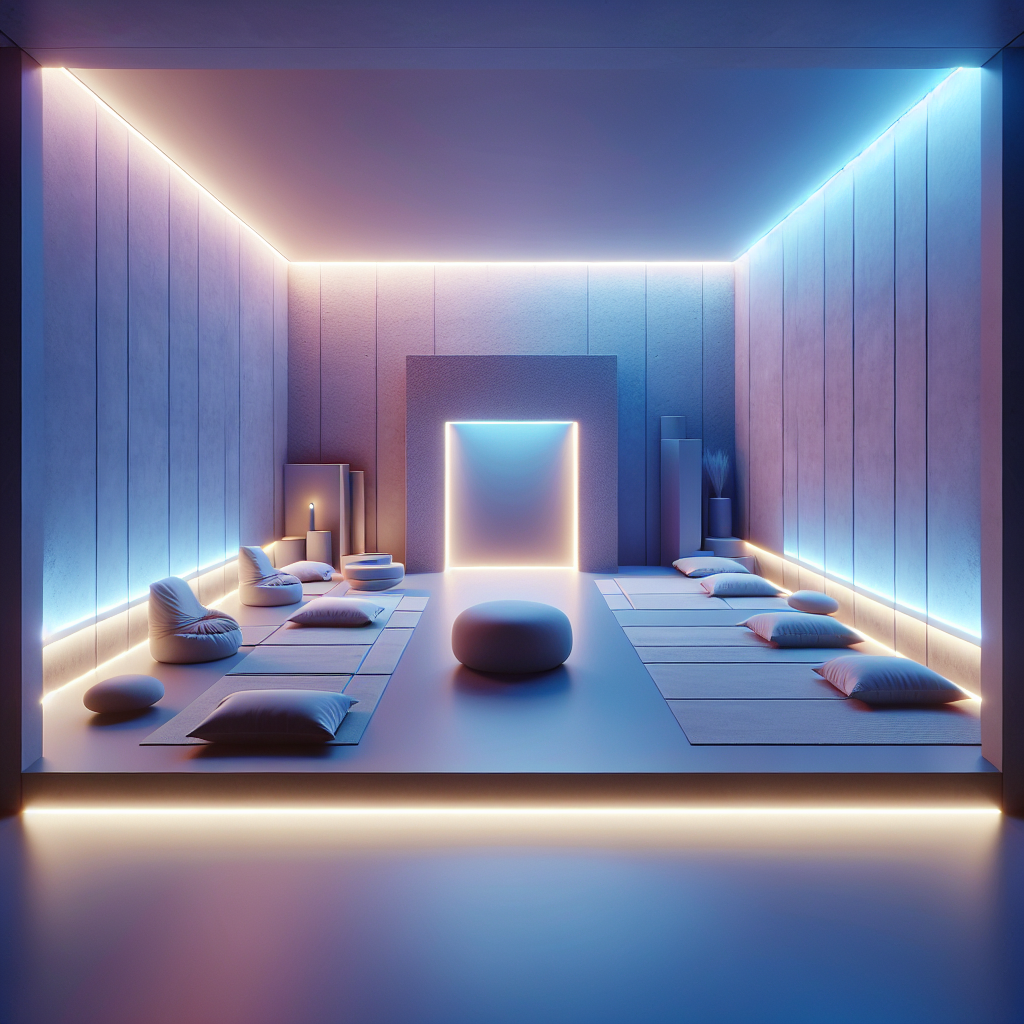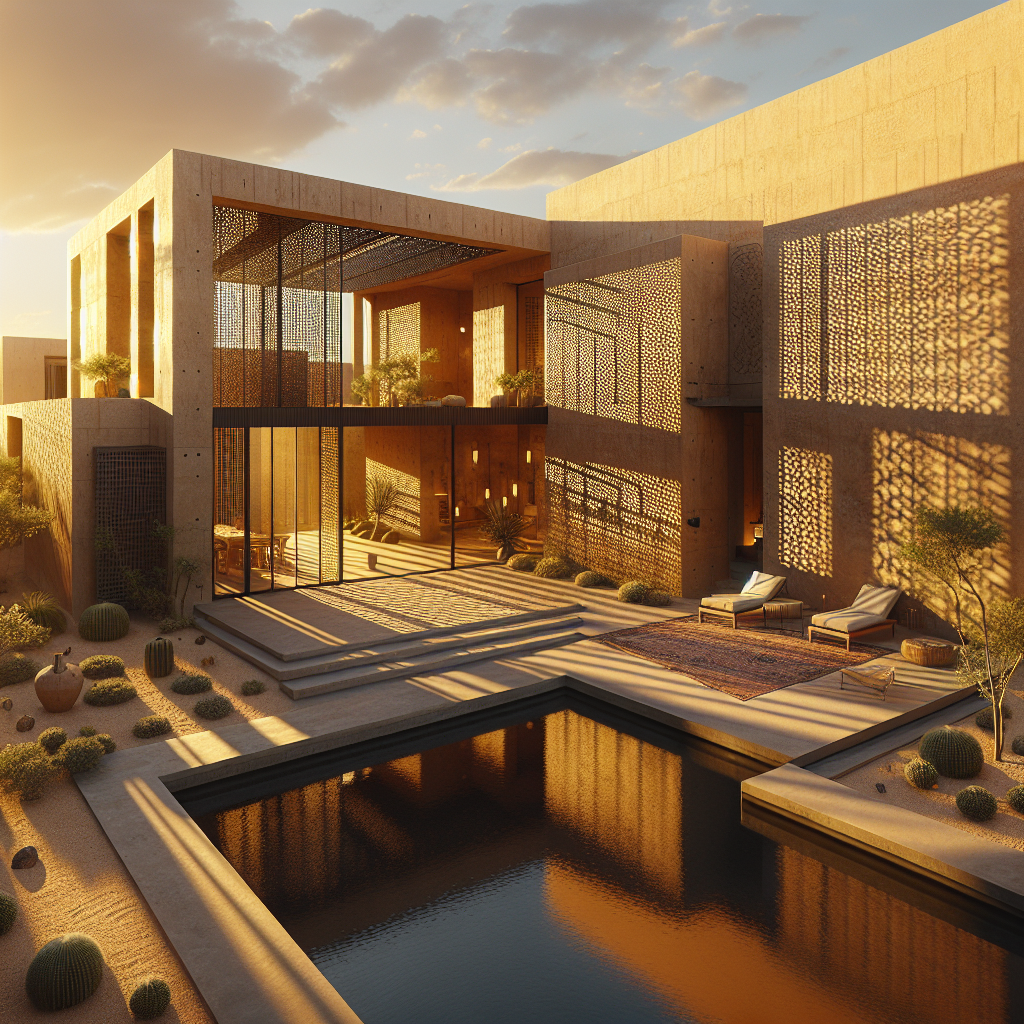Exoskeletal frames: skeleton structures shaping futuristic silhouettes
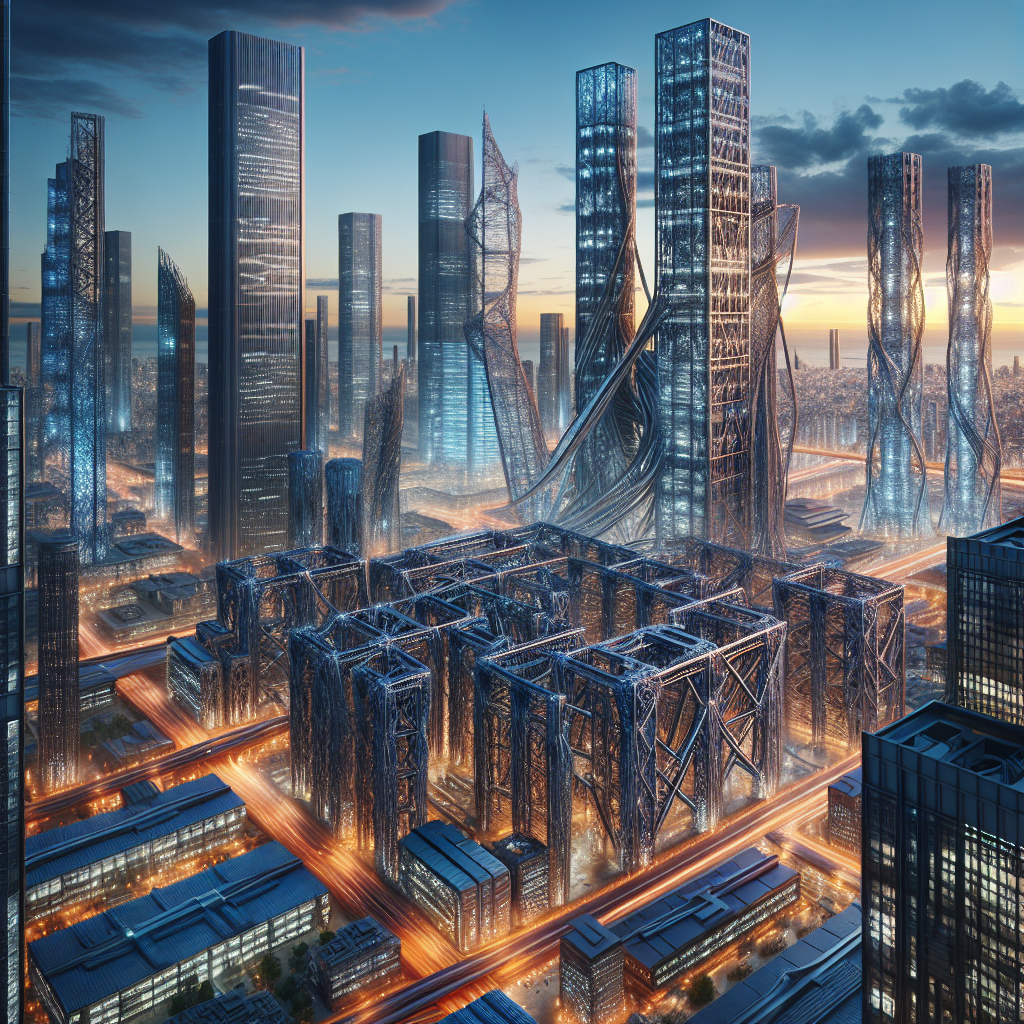
Exoskeletal Frames: Skeleton Structures Shaping Futuristic Silhouettes
In the ever-evolving landscape of contemporary architecture, the exoskeletal frame has emerged as both a technical innovation and an aesthetic statement. These external structural systems—where the building’s skeleton is proudly displayed rather than concealed—are redefining the boundaries between engineering and art. Once considered a radical departure from conventional load-bearing typologies, exoskeletal architecture now stands at the forefront of design experimentation, offering a new visual language for cities that aspire to appear both futuristic and resilient.
The Anatomy of the Exoskeleton
An exoskeleton in architecture functions much like its biological counterpart: it supports, protects, and defines form from the outside. Instead of hiding structural systems within walls, architects expose them—turning beams, trusses, and joints into expressive design elements. This inversion of the traditional building hierarchy liberates interior spaces from columns and load-bearing partitions, creating vast, flexible interiors ideal for adaptive use.
The aesthetic impact is immediate. Think of structural ribs that ripple across glass façades, or diagonal steel braces that crisscross like tendons under tension. The exoskeleton becomes a sculptural exosuit, giving buildings a sense of movement and strength. It’s an approach that recalls the boldness of High-Tech architecture from the late 20th century, yet it has evolved to meet today’s demands for sustainability, modularity, and expressive identity.
From High-Tech to Hyper-Structural
The lineage of exoskeletal design can be traced back to icons such as the Centre Pompidou in Paris, where Renzo Piano and Richard Rogers externalized the building’s mechanical systems to create a radical transparency. Decades later, this ethos has matured into a more refined and digitally driven language. Contemporary architects employ advanced modeling tools and parametric design to generate exoskeletal frameworks that respond to environmental forces, seismic activity, and even pedestrian flow.
In London, the Leadenhall Building—nicknamed “The Cheesegrater”—by Rogers Stirk Harbour + Partners demonstrates how an external steel megaframe can define both the building’s structure and its silhouette. Similarly, SOM’s Hangzhou Center Tower in China integrates a diagrid exoskeleton that twists upward, creating a kinetic impression of spiraling motion. These structures are not merely aesthetic; they optimize material use, enhance lateral stability, and reduce the need for internal reinforcement.
Engineering Meets Expression
The rise of exoskeletal frames coincides with a broader architectural shift toward expressive structuralism—a philosophy that celebrates the visible interplay between form and function. Where once the façade was a mask, it now becomes a transparent anatomy lesson. The rhythm of steel members, the articulation of joints, and the interplay of light across metallic surfaces transform buildings into dynamic organisms.
This design language aligns with the growing fascination for biomimicry in architecture. Just as a beetle’s shell or a bird’s bone structure optimizes strength with minimal material, exoskeletal buildings achieve efficiency through geometry. Computational design tools allow architects to simulate stress distribution and wind resistance, resulting in organic frameworks that appear to grow rather than be assembled.
Material Innovation and Sustainable Logic
Material science has played a pivotal role in the resurgence of exoskeletal architecture. The use of high-strength steel, carbon fiber composites, and ultra-high-performance concrete enables slender yet resilient frames. These materials allow for greater spans and lighter structures, reducing embodied carbon and construction waste. The external frame also facilitates easier maintenance and retrofitting, extending the building’s lifecycle—an essential consideration in the era of circular design.
Some architects are experimenting with hybrid exoskeletons that integrate timber, inspired by the growing movement toward wooden skyscrapers. Engineered timber, when combined with steel connectors, offers a warm, tactile counterpoint to the industrial aesthetic of metal exoskeletons. This fusion of materials bridges sustainability with structural daring, suggesting a future where ecological responsibility and technological ambition coexist.
Urban Identity and the Power of the Silhouette
In dense urban environments, where skylines compete for attention, the exoskeleton provides a powerful tool for visual distinction. Its external framework creates instantly recognizable silhouettes—angular, skeletal, and unapologetically futuristic. Cities like Tokyo, Dubai, and Singapore are embracing this typology as a way to signal innovation and progress.
The Mori Building Digital Art Museum in Tokyo, for instance, uses a semi-visible steel exoskeleton to support vast digital installations, blurring the line between architecture and media art. In Dubai, the Museum of the Future employs a toroidal exoskeleton of stainless steel and calligraphic apertures, symbolizing the fusion of technology and culture. These examples demonstrate how exoskeletal frames are not just structural devices—they are cultural signifiers, embodying the aspirations of their cities.
Interior Liberation: Space Without Constraints
By relocating structural loads to the exterior, exoskeletal systems liberate interior layouts. This flexibility aligns with contemporary demands for adaptable, multi-use spaces. Offices can transform into galleries, apartments into co-working hubs, and auditoriums into event venues—all without the spatial interference of internal columns.
The interiors of exoskeletal buildings often exhibit a striking contrast: minimalist, open, and fluid, framed by the muscular geometry of the outer shell. The interplay between the interior’s serenity and the exterior’s dynamism creates a spatial tension that is both poetic and practical. It’s a dialogue between calm and complexity, between human scale and monumental ambition.
Digital Tools and the New Structural Aesthetic
The digital revolution has been instrumental in refining exoskeletal design. Through AI-assisted architecture and generative modeling, designers can now simulate structural performance with unprecedented precision. Algorithms optimize the placement of each beam and joint, balancing aesthetics with efficiency. The result is a new form of architectural intelligence—one that merges human creativity with computational logic.
These tools also enable architects to visualize how exoskeletal structures interact with environmental factors such as light, wind, and temperature. Adaptive façades, integrated shading systems, and responsive materials are transforming static exoskeletons into living, breathing envelopes that adjust to their surroundings. This evolution resonates with the broader trend toward responsive architecture, where buildings behave more like organisms than objects.
Challenges and the Road Ahead
Despite their allure, exoskeletal frames present unique challenges. Their external placement exposes structural elements to weathering, requiring advanced coatings and maintenance strategies. Fireproofing and insulation must be carefully integrated without compromising the visual purity of the frame. Moreover, the cost of precision fabrication can be significant, though advances in digital fabrication and modular assembly are steadily reducing these barriers.
Yet the appeal remains undeniable. As cities grapple with the need for resilient, adaptable, and visually compelling architecture, the exoskeleton offers a compelling blueprint. It’s a typology that merges engineering prowess with artistic expression—a skeletal poetry that celebrates transparency, strength, and innovation.
The Future Silhouette
Looking across the skylines of 2025, one can already discern the influence of exoskeletal thinking. From cultural centers to residential towers, these structures embody a new architectural ethos: one that externalizes honesty, embraces complexity, and redefines beauty through structure. They are the visible bones of a future city—skeletal yet alive, rational yet emotional.
In the coming decade, as architects continue to explore hybrid materials, digital fabrication, and adaptive systems, the exoskeleton will likely evolve from a bold statement into a standard language of construction. It represents not just a technical solution, but a philosophical stance: that architecture, at its best, should reveal its inner workings, celebrate its structure, and invite us to see the beauty in the bones.
The exoskeletal frame is no longer a futuristic fantasy—it is the framework of tomorrow’s cities, shaping silhouettes that speak of strength, transparency, and imagination.
Published on 11/04/2025
